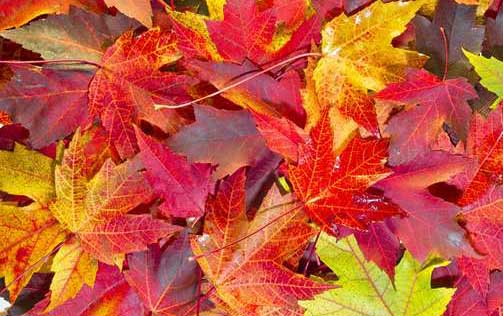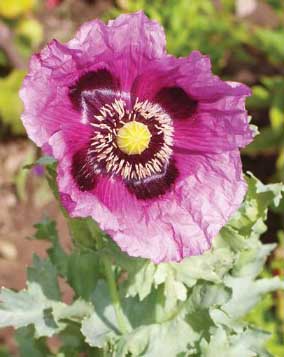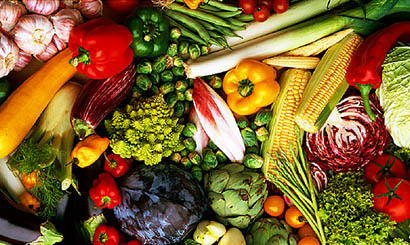Why do the leaves change color in the fall?

Autumn is characterized by a slow process in many places around the world, a beautiful change of green leaves into intense reds, oranges, yellows and purples. The green leaves appear green due to the presence of the chlorophyll pigment , which is crucial for photosynthesis. In temperate regions, cold winters pose a threat to the leaves of deciduous trees and other perennials and therefore these plants drop their leaves in a controlled manner, to reduce damage and save energy. This event is usually triggered by the decreasing day length and falling autumn temperatures. Leaf clipping (technical term for leaf fall) it begins with the degradation of chlorophyll. When the green fades, Yellow and orange pigments known as carotenoids appear in the leaves of many species. In other plants, pigments called anthocyanins accumulate in the leaves at this time, giving them shades of red and purple. Some of the most beautiful fall leaves contain both types of pigments, often with one color giving way to the next as the season progresses. Eventually all leaves are dropped, and the plant goes dormant for the long winter months.










